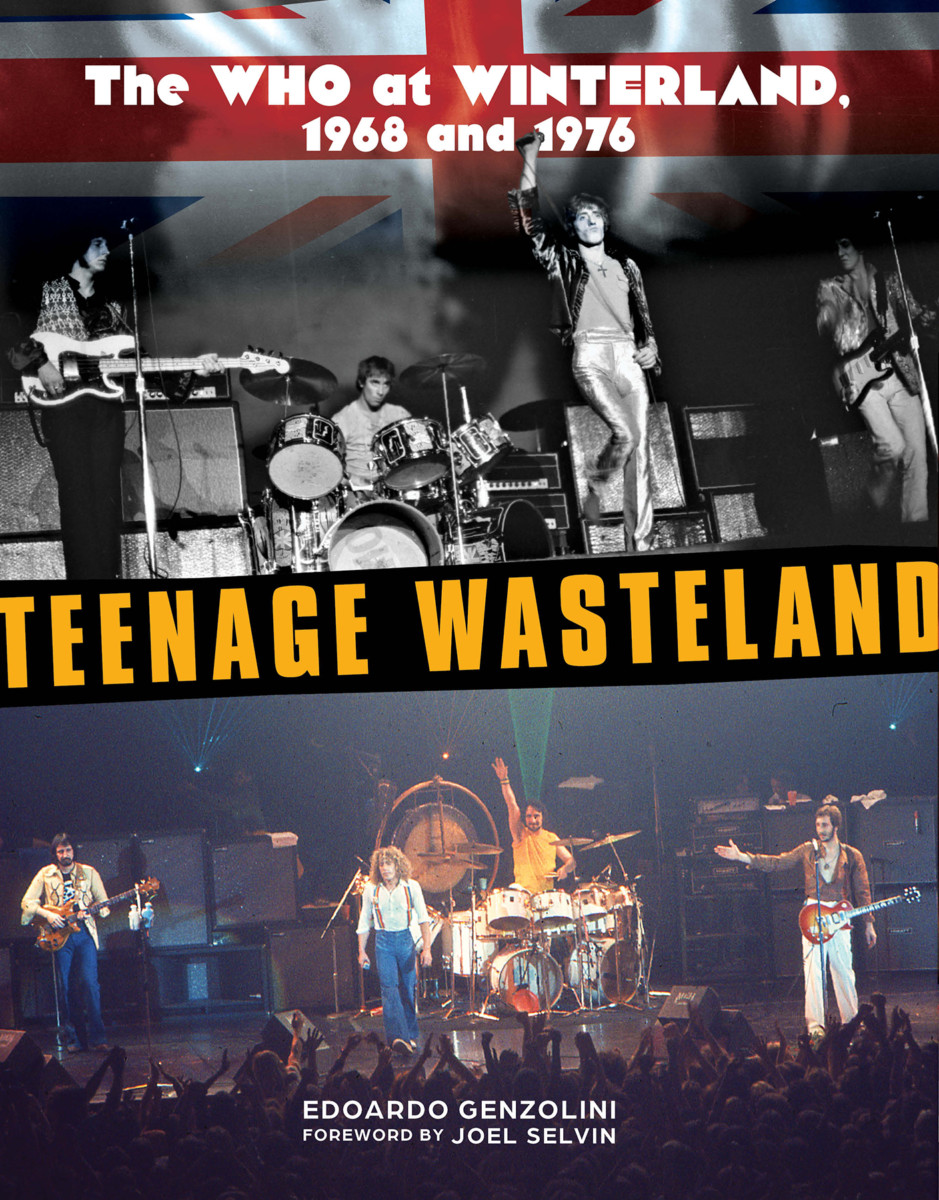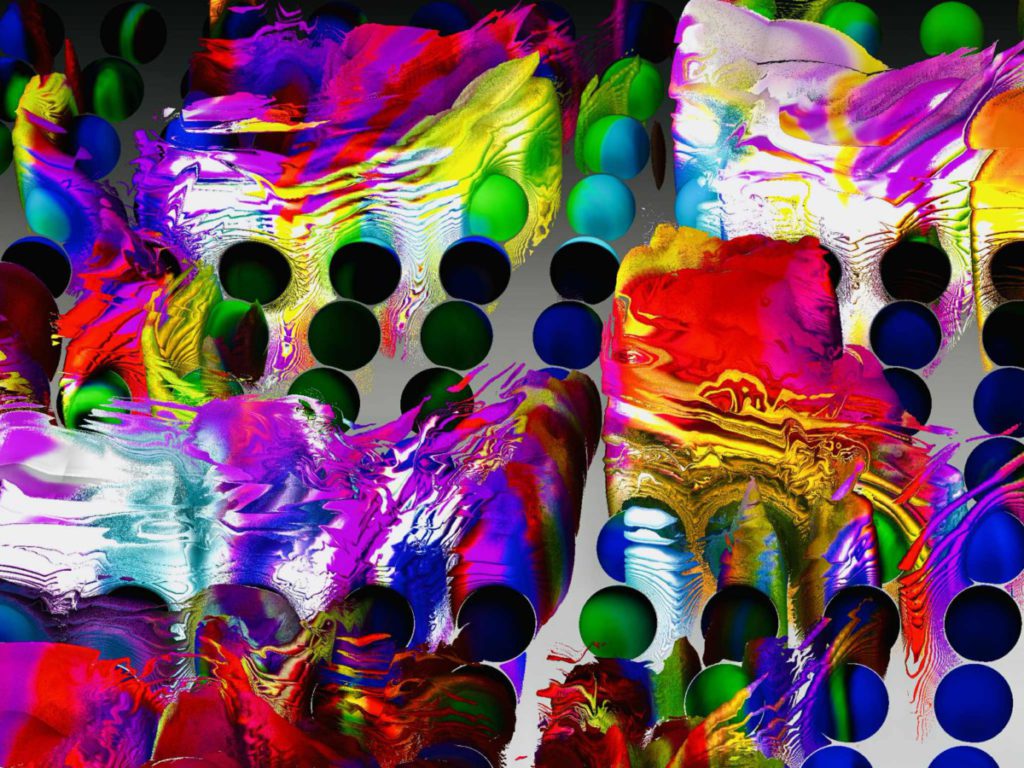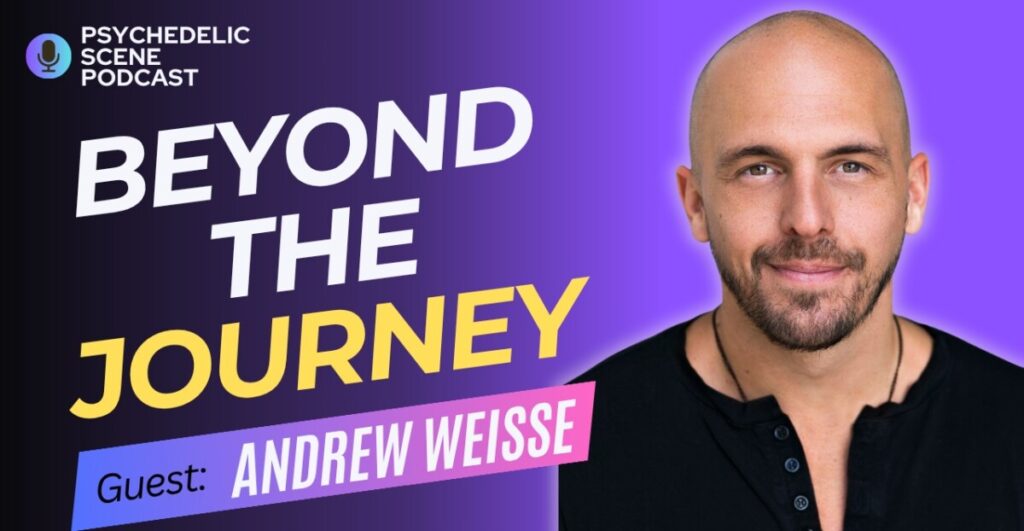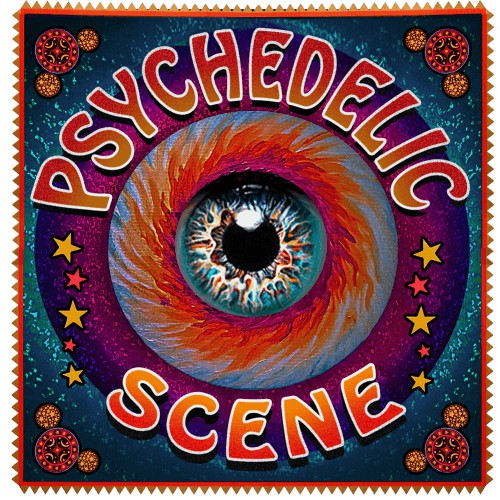Teenage Wasteland–The Who at Winterland, 1968 and 1976 by Edoardo Genzolini
Teenage Wasteland–The Who at Winterland, 1968 and 1976 by Edoardo Genzolini
Book Review
The Who have to be one of the most exciting bands to ever see live in concert. The energy they put into their performances and music is electrifying. In February 1968 and March 1976, The Who performed gigs in the same venue: The Winterland Ballroom in San Francisco. Teenage Wasteland–The Who at Winterland is an all-access look at those two shows, and the years in-between.
This beautifully put-together hardback, glossy book, with the dedication at the beginning stating “To every teenager who right now in this moment, lonely in his or her room, is discovering The Who”, was compiled by Edoardo Genzolini (with a foreword by Joel Selvin) and has 250+ pages of never-before seen archived photos and accounts from people and fans who were there at each individual gig. The Who’s career spanned highs and lows over the years and these two gigs seem to bookend that rollercoaster.
America first discovered The Who when they toured in the summer of ‘67, which included a definitive performance at the Monterey Pop Festival in California. When they first arrived in San Francisco in June ‘67, it was the Summer of Love, a huge cultural phenomenon that saw young people flock to the Haight-Ashbury district. Creative, new ways of thinking were expressed at this time including the anti-war movement, Eastern spiritual philosophy, and the taking of LSD and other psychedelic drugs. Rock music was a huge part of this new culture.
Bill Graham, who managed Jefferson Airplane during ‘67 and ’68, was a rock promoter at the time, who booked bands at the Fillmore Auditorium, where many acts of the time played, including Jimi Hendrix. The venue actively nurtured creativity. When the Who played there, it opened a whole new world of live performances for them, particularly Pete Townshend.
Teenage Wasteland contains some great anecdotes and stories from fans who were there in the dressing room at the time, creating a touching portrait of a moment in time. The Who’s San Francisco experience changed the direction of the band forever. On the flight home, after taking psychedelic drugs, Pete experienced a traumatising ‘near-death’ trip and ended up moving away from these powerful substances. That year he discovered the spiritual teachings of Meher Baba, who would deeply affect him and his beliefs from then on. Baba believed that psychedelics drugs took one further away from reality and enlightenment. At the time, many people used psychedelics to attain higher states of consciousness, but Baba thought they were ‘delusion within illusion’. However, his caveat was that he believed that LSD could be used beneficially for depression, alcoholism and certain mental problems.
The book is split into chapters charting the band’s first time in San Francisco, Winterland Ballroom, the years between, and their last time at the venue in 1976. Certain chapters deal mainly in photos. There are some naturally observed portraits of John Entwistle and Keith Moon in their dressing room, pre gig.
There are also chapters in-between on some tough years, when Townshend tried, but was unable, for various reasons, to get his Lifehouse project (a rock opera) off the ground. The book conveys some of the hard times they went through personally and professionally with a rapidly changing music scene in the early ‘70s. Their album, Quadrophenia, which was released in late 1973, told the origin story of The Who through Jimmy, a young mod, whose personality is split into four moods, reflecting each band member. Sadly, rather than bringing the band together, it pushed them further apart.
They released their seventh album, The Who by Numbers, in late 1975 to a more enthusiastic reaction. This album, the author asserts, took the band “back to the freshness of the early days”.
Chapters nine and ten capture in photographs the second time The Who played Winterland, conveying the excitement of these two gigs played over two nights. The last date in 1976 seems to signify the end of an era for the band. The band’s manic drummer Keith Moon passed away on the 7th of September in 1978, and the Winterland Ballroom closed its doors a couple of months later. Genzolini makes the connection between the building being a “most faithful custodian of the Who’s memory and identity”, sealed in a time capsule forever.
Beginning at the Golden Era of Rock and the band’s budding relationship with San Francisco and continuing through America’s bi-centennial year, this book depicts a special time in rock history. It is a rich documentation of The Who and a treat for old and new fans alike.
The Psych Ward–The Who Sell Out
Gallery
Recent Articles
Artist Spotlight: Doug Leed
•
December 9, 2025
Podcast with Andrew Weisse: Beyond The Journey
•
December 5, 2025

Loading...
The Club Is Open by Radderall & Muzzy Fossa–Album Review
- Bill Kurzenberger




